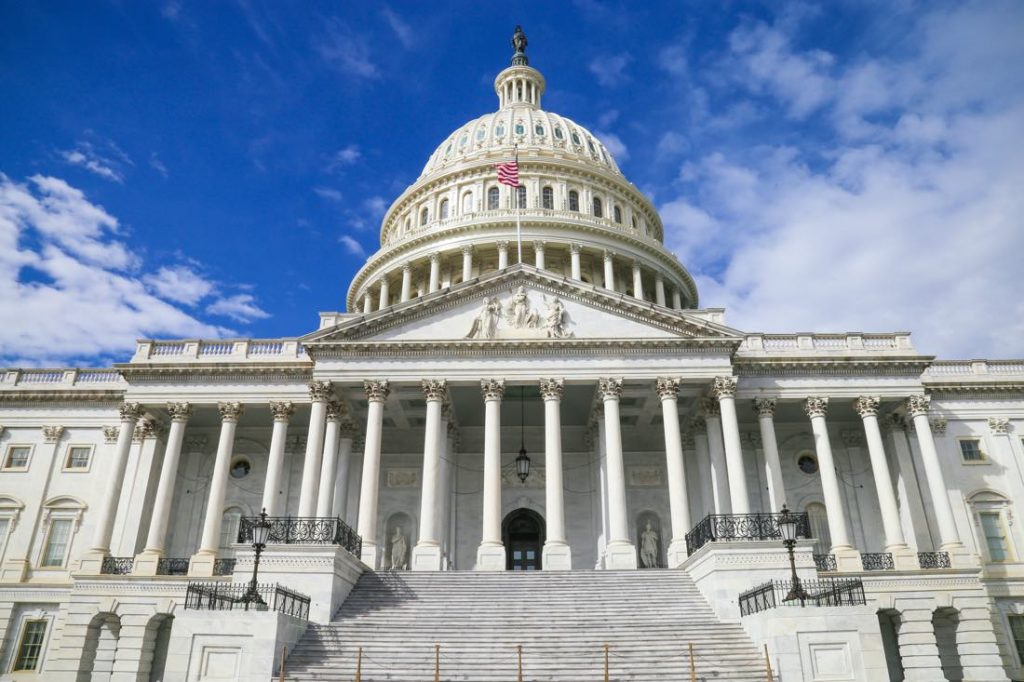 The pandemic has severely impacted so many businesses and their employees.
The pandemic has severely impacted so many businesses and their employees.
The federal government stepped up to help with the CARES Act last year. Many businesses were grateful to secure PPP loans. As we all know, however, one year later the pandemic is still impacting our lives.
Enacted just a couple weeks ago, the American Rescue Plan Act (ARPA) worth $1,900,000,000 is here with more help and there are time sensitive obligations for employers. Learn how your business can leverage ARPA and what requirements you must fulfill to remain compliant.
100% COBRA Subsidy Starting April 1
One of the most challenging aspects of ARPA for employers is the full subsidies for COBRA premiums. Qualifying events include involuntary termination of employment or reduction in hours within the past 18 months and it doesn’t have to be COVID related. There are several eligibility scenarios:
- Any worker who couldn’t afford COBRA premiums
- Any worker who didn’t elect COBRA within the allotted timeframe
- Any worker who dropped COBRA
Subsidies apply to coverage periods beginning on April 1, 2021 and ending on September 30, 2021. The employees’ COBRA may last longer, but the coverage won’t be subsidized after September 30. Employers are required to pay the COBRA premiums for the eligible employee and their dependents. Those costs will then be reimbursed by the government through a refundable tax credit. Reimbursement guidance will be provided by the IRS as the details are still being finalized. The subsidy applies to all plans subject to COBRA, including medical, dental and vision, but not health FSAs.
Required Action Items for Employers:
- COBRA Notice #1: Adapt standard COBRA notice alerting eligible employees/former employees of the subsidy, explaining their right to elect coverage and the new election period. The U.S. Department of Labor (DOL) is developing “model notices” by April 10. Notices must be issued by May 31, 2021.
- COBRA Notice #2: Provide a notice 15 – 45 days before the premium subsidy ends. If the employee got new coverage, started on Medicare or the maximum coverage period ended, then this notice isn’t required. Like the first notice, the DOL is developing “model notices” for employers to follow.
Employee Retention Tax Credit Extended
Originally enacted as part of the CARES Act, the employee retention tax credit (ERTC) is a refundable tax credit developed to incentivize businesses of all sizes to keep employees on their payroll during the pandemic.
Changes to ERTC
- Expanded: Originally, businesses could only take advantage of either the Paycheck Protection Program (PPP) or the ERTC. That has been retroactively changed so employers receiving a PPP loan can also claim ERTC.
- Extended: In December, the Consolidated Appropriations Act (CAA) allowed qualified wages to be extended through June 30, 2021. That was extended again to December 31, 2021 under ARPA.
- Eligibility: There’s a new category for eligible businesses that launched after February 15, 2020. Average annual gross receipts cannot be over $1M and they are limited to $50,000 total ERTC per quarter.
Employers Encouraged to Continue Paid FFCRA Leave
Under the Family First Coronavirus Response Act (FFCRA), employers with fewer than 500 employees were required to provide paid leave for qualifying COVID-19 reasons. That requirement expired on December 31, 2020. While no longer mandatory, ARPA extends federal tax credits through September 30 to encourage employers to voluntarily offer emergency paid sick leave (EPSL) or paid expanded FMLA leave to employees. If you offer this, please be aware of these changes:
- On April 1, 2021, the 10-day bank for FFCRA refreshes. Meaning, any employee who may have exhausted the 10 days of pay under the original FFCRA passage can qualify for up to 10 days of additional sick paid leave if the employer chooses to voluntarily extend the benefit and receive the tax credits.
- Reasons for taking paid sick leave have been expanded to include employees who need leave to get the vaccine, are recovering from taking the vaccine or awaiting COVID test results
- The amount of wages that can be covered by the credit has increased from $10M to $12M per individual
- The requirement to take the first ten days as unpaid FMLA leave has been eliminated
Federal Unemployment Insurance Extended
Three federal unemployment insurance programs have been extended until September 6 under ARPA:
- Pandemic Unemployment Assistance (PUA) – For individuals who don’t qualify for regular state unemployment, PUA includes independent contractors, business owners, self-employed workers and people whose regular or extended benefits have ended.
- Pandemic Emergency Unemployment Compensation (PEUC) – For individuals whose state unemployment insurance benefits have ended, PEUC extends their benefits.
- Additional $300 weekly benefit – For anyone receiving unemployment benefits, PUA or PEUC, this $300 weekly benefit is in addition to those.
MidwestHR is a top ranked Chicago PEO. For over 20 years clients have counted on our team of experts to manage all or part of their HR functions including payroll and tax administration, benefits management, workers’ compensation, risk management and more. During the pandemic, our top priority has been helping clients navigate these uncharted times. With the recent passage of ARPA, our team has been guiding clients so they can take advantage of business incentives and remain compliant. The language is nuanced and interpretations are evolving daily. Our team provides up to the minute leadership so our clients can stay focused on business. Give us a call at 630-468-9286 to learn more.